The NGIAtlantic.eu project has ended in February 2023. For the follow-up initiative, visit NGI Transoceanic.
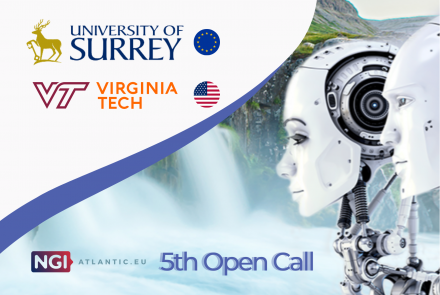
Project Coordinator (EU) :
University of SurreyCountry of the EU Coordinator :
UKOrganisation Type :
AcademiaStarting date :
Transatlantic testbed for LEO Satellite mega-constellations
Experimental Platform interconnections
In this project, we aim to: (1) Interconnect the SpaceNet Testbed and its mirror at VT to examine ways in which inter-constellation connectivity can be achieved. This direct connectivity will allow us to explore future scenarios of how different mega-constellation might interconnect (e.g., OneWeb with Starlink or Telesat with Kuiper), without revealing proprietary information of each constellation, creating the equivalent of Interdomain Routing (like the Border Gateway Protocol or BGP) for space networks. (2) We will explore how mega-constellations behave in the face of failures or disruptions such as jamming and satellite take-downs. The US partner will work on the “Resilience to disruption and failures” experiment design and implementation and will highlight the importance of the constellation design/topology to build a resilient network.
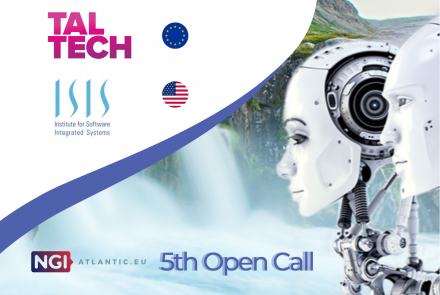
Project Coordinator (EU) :
Tallinn University of TechnologyCountry of the EU Coordinator :
EstoniaOrganisation Type :
AcademiaStarting date :
Hyper 5G
Experimental Platform interconnections
Hyper-5G research project aims at experimenting with a network digital twin (DT), which can process data gathered from remote distributed EU-US IoT infrastructures and provide closed-loop control to build a common, powerful federated learning model that embeds edge intelligence and twins with an end-to-end (e2e) view of the network.
Tallinn University of Technology, the EU partner, is involved in the configuration and deployment of DT services across the GRID5000 and Fit IoT-Lab, and assess Vanderbilt University, the US partner, in the interconnection of the Chameleon platforms. Vanderbilt University is experimenting with network interconnection, resource configuration, and evaluation of hierarchical federated learning experiments in Chameleon Cloud.
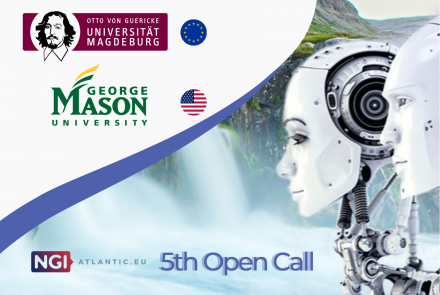
Project Coordinator (EU) :
Otto-von-Guericke-University MagdeburgCountry of the EU Coordinator :
GermanyOrganisation Type :
AcademiaStarting date :
Leveraging Path Diversity to Enhance Resilience, Scalability and Energy-Efficiency with SCION
Experimental Platform interconnections
SCION is a novel NGI architecture that has reached a level of maturity, which renders it ready today for large-scale deployment. Thus, the objective of this project is to deploy SCION over the NSF BRIDGES infrastructure over two very high-speed transatlantic links. GMU will enable and support the SCION deployment on NSF BRIDGES, with OVGU providing a European SCION testbed over GEANT. Our project demonstrates the SCION benefits by means of experiments between the US and Europe over the SCIONLab testbed to show the privacy-enhancement (e.g., by splitting traffic over multiple paths) and improved reliability (e.g. with multi-path and seamless path failover) over SCION, as well as the scalability of our SCION-based path discovery mechanisms which help to effectively reduce the network’s power consumption and incentivize ISPs and transit providers to shift towards greener electricity.

Project Coordinator (EU) :
Crossword CybersecurityCountry of the EU Coordinator :
UKOrganisation Type :
ResearchStarting date :
Next Generation SSI Standards
Strengthening Trustworthiness and Resilience Of the Internet
Today identity theft is rife. The Next Generation SSI Standards project will help to strengthen the trustworthiness of the Internet by issuing people with standardised cryptographically verifiable credentials that allow relying parties to strongly identify them.
Experimental validation of 5G Open RAN architecture evolution based on OpenAirInterface
Open Internet Architecture and Renovation
The main goal of this experiment is to integrate the Open RAN interfaces implemented by Allbesmart (EU) with the RAN Intelligent Controller (RIC) applications developed by VT (US) and validate its performance on top of the Commonwealth Cyber Initiative xG Testbed (US). The Virginia Tech team (VT) will work on an end- to- end 5G O- RAN reference implementation based on OpenAirInterface to promote innovation, especially on the near real- time RIC algorithms such as multi- user scheduling and resource allocation. The outcome of this experiment will contribute to the publicly available open-source OpenAirInterface software library with new O-RAN features towards an open and renovated 5G architecture.
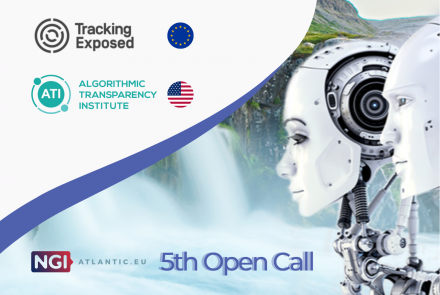
Project Coordinator (EU) :
Tracking ExposedCountry of the EU Coordinator :
FranceOrganisation Type :
Non-profit OrganisationStarting date :
The TikTok Observatory: Interconnecting Junkipedia and Tracking Exposed's monitoring infrastructures
Experimental Platform interconnections
This project aims to integrate the monitoring infrastructure developed by Tracking Exposed and Junkipedia to monitor the Tiktok recommendation algorithm. This new combined experimental pipeline will be used to establish if the recommender system differs across mobile and web applications.
When analysing social media platforms, their proprietary recommendation solutions are considered to be “black boxes”. The complexity and opacity of those algorithms requires to make an empirical comparison between the suggested contents on the Tiktok Web interface and its Mobile application, in order to answer our main research question.
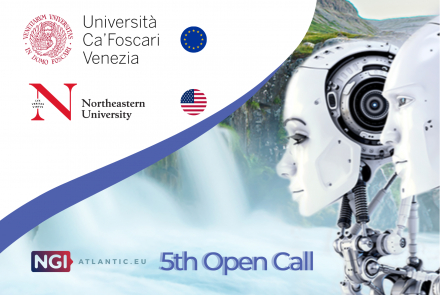
Project Coordinator (EU) :
Ca’ Foscari University of Venice (UniVe)Country of the EU Coordinator :
ItalyOrganisation Type :
AcademiaStarting date :
Open and Resilient Radio Access Network for Next Generation Wireless Backhauls
Open Internet Architecture and Renovation
This project aims at merging the data-based network design carried on by the University of Venice (Italy) with the advanced experimental facilities by Northeastern University (USA) to study the backhaul network of 5G and beyond, which will radically change compared to previous generations of mobile networks. We will produce scientific results, open source code, and open data that will contribute to shape this research field in the years to come.
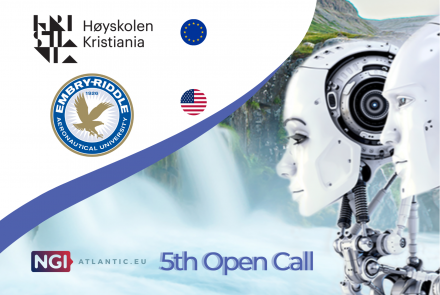
Project Coordinator (EU) :
Kristiania University CollegeOrganisation Type :
AcademiaStarting date :
SecureUAV: Energy-efficient malware detection in Unmanned Aerial Vehicles via advanced AI models
Internet Data Sharing and Interoperable Services
In this project, the goal is to develop a platform and framework for increased cybersecurity protection and end-user awareness of cyberthreats in unmanned aerial vehicles (UAV). Through AI and human-understandable decision support models, we will build and evaluate a resilient mechanism to detect malicious activities and cyber-physical threats as well as to ensure a timely incident response by drone operator. Moreover, the goal is to propose a cybersecurity-awareness protocol and ensure energy-efficient communication. This research is aimed at bridging and strengthening the EU-US cooperation in the area of AI-enabled cybersecurity between Songlab at Embry-Riddle Aeronautical University in Florida and SmartSecLab at Kristiania University College.

